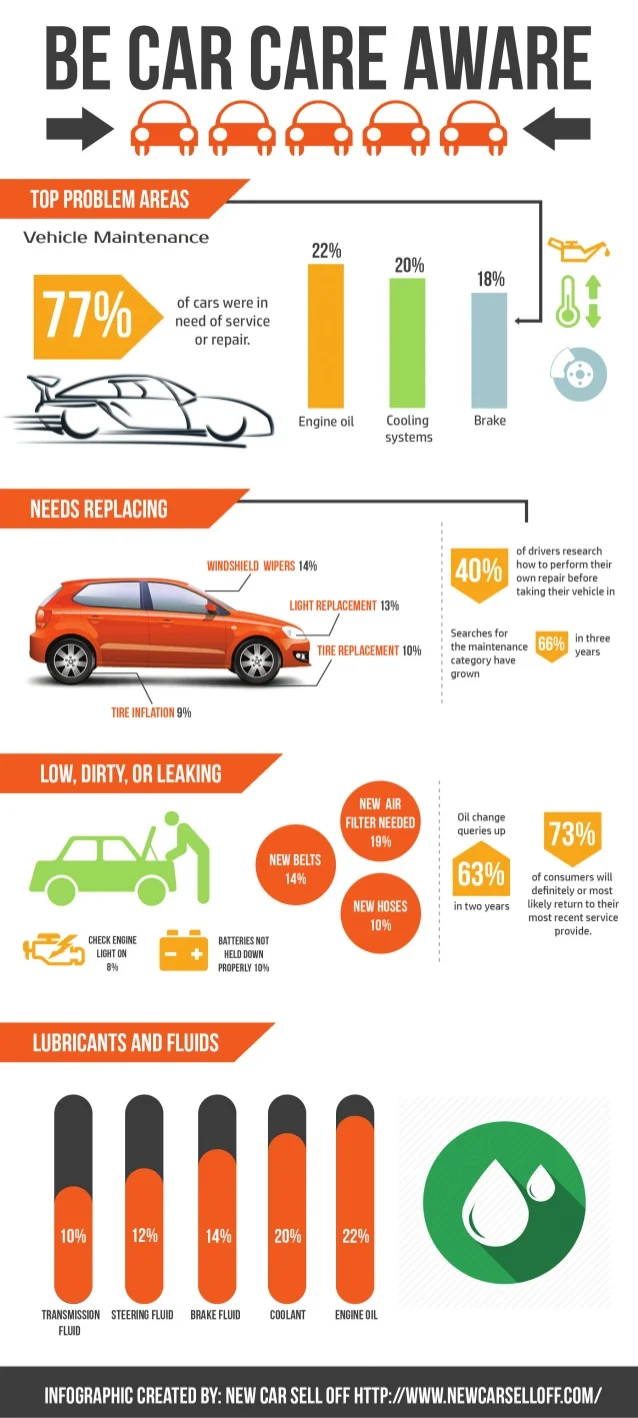However Exactly How Do You Address Spongy Brake Pedals? Discover The Option Listed Below!
However Exactly How Do You Address Spongy Brake Pedals? Discover The Option Listed Below!
Blog Article
Material By-Erickson Birch
When it pertains to your automobile's brake system, understanding usual issues can conserve you from prospective safety and security threats. From recognizing brake pad wear to dealing with brake fluid leakages, knowing how to tackle these issues is crucial. Yet what regarding those squishy brake pedals? There's a fix for that too. Stay tuned for more information regarding these problems and the sensible options that can maintain you securely when traveling.
Brake Pad Put On and Substitute
When it pertains to keeping your vehicle's brake system, one vital element to keep an eye on is the wear and replacement of brake pads. Brake pads are essential components that press versus the brake blades to slow down or quit your car. With time, these pads wear down as a result of friction, needing regular evaluation and replacement to guarantee your brakes operate effectively.
To determine if your brake pads require replacement, listen for shrieking or grinding sounds when you apply the brakes. Furthermore, if your automobile takes longer to stop or you notice vibrations or pulsations when stopping, it might be time to change the brake pads.
Overlooking worn brake pads can result in lowered braking performance, damages to other brake parts, or even brake failing.
Changing brake pads is a reasonably straightforward process for numerous automobiles. Nonetheless, if https://brakes-and-rotors54062.kylieblog.com/31696520/taking-a-look-at-various-professional-opportunities-in-the-car-repair-industry 're not sure or uneasy performing this job, it's best to seek advice from a professional technician to make certain correct setup and ideal brake performance.
Regularly examining and replacing brake pads is important for your safety and security and the durability of your vehicle's stopping system.
Brake Liquid Leaks and Maintenance
To ensure your car's brake system works optimally, it is necessary to likewise take note of brake liquid leaks and upkeep. Brake fluid is crucial for sending the force from your foot on the brake pedal to the real braking device. One usual concern with brake liquid is leakages, which can happen because of deteriorated brake lines, seals, or connections. If you discover a pool or drips under your automobile, it's necessary to attend to the leakage promptly to prevent a potential brake failure.
Regularly inspecting your brake liquid degree is crucial to preserving your brake system. Reduced brake liquid can lead to air entering the brake lines, which jeopardizes stopping performance.
In addition, old or polluted brake fluid can influence the general effectiveness of your brakes. It's advised to follow the manufacturer's guidelines on when to alter the brake liquid, usually every 2 years.
Spongy Brake Pedal: Blood Loss Brakes
If you've ever before experienced a squishy brake pedal while driving, you recognize the value of maintaining a company and responsive stopping system. One usual reason for a spongy brake pedal is air caught in the brake lines. When air gets in the brake system, it can bring about a loss of hydraulic stress, leading to that unsettling mushy sensation when you press the brake pedal.
To solve this problem, hemorrhaging the brakes is essential. Hemorrhaging https://brakes-plus73950.tokka-blog.com/31425432/conserve-cash-and-stay-safe-when-traveling-by-giving-appropriate-consideration-to-the-typically-disregarded-vehicle-maintenance-job involves getting rid of the air from the brake lines to bring back correct hydraulic stress.
To hemorrhage the brakes, you'll require an assistant to assist you. Start by finding the brake bleeder valve on each wheel, commonly located near the brake caliper. With a wrench, loosen up the shutoff and have your assistant press the brake pedal while you observe any kind of air bubbles coming out. Repeat this process for every wheel, starting from the wheel farthest from the master cyndrical tube and relocating closer.
When you no longer see air bubbles and only clear liquid emerges, tighten up the valve and top up the brake liquid tank as needed. Hemorrhaging the brakes aids ensure a firm brake pedal and enhances overall braking performance.
Final thought
Now that you comprehend usual brake problems and how to repair them, you can guarantee your lorry's safety and security and performance. Remember to pay clicking here for indication like screeching noises or squishy brake pedals, and resolve them immediately. Normal maintenance and prompt replacements are crucial to keeping your brakes in leading problem. Stay positive and attentive to your brake system to take pleasure in safe and dependable driving experiences.
